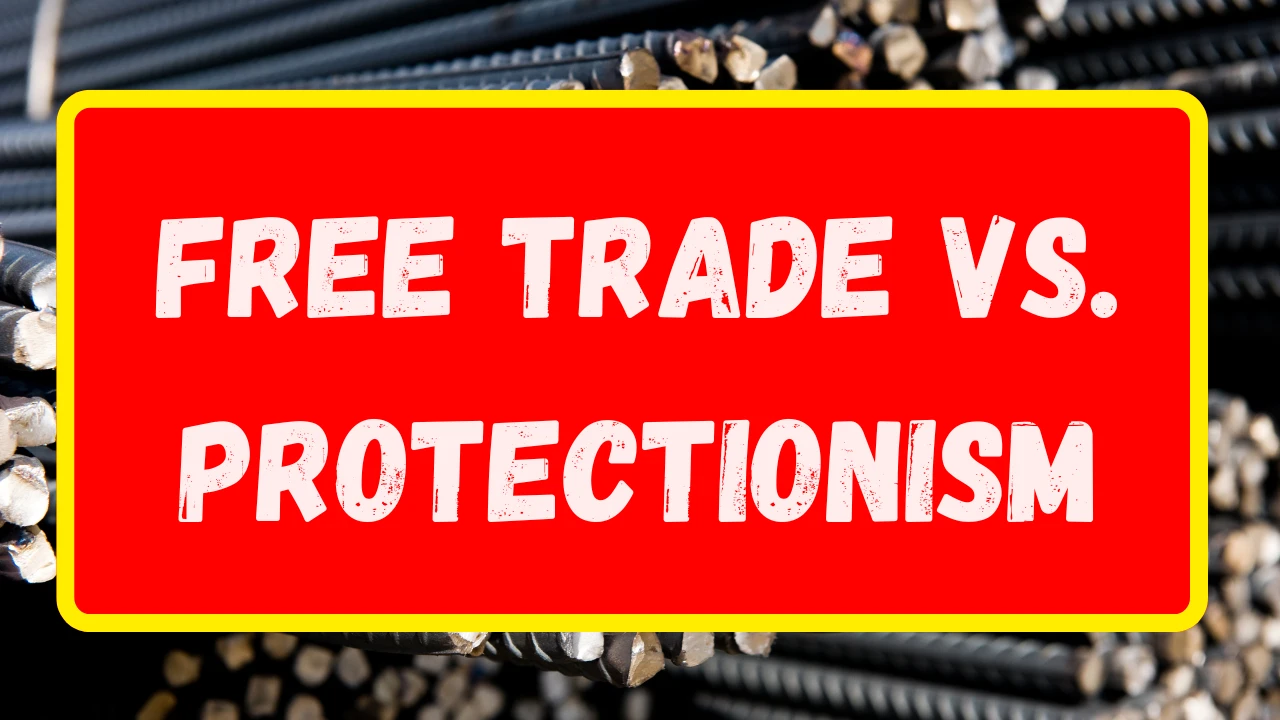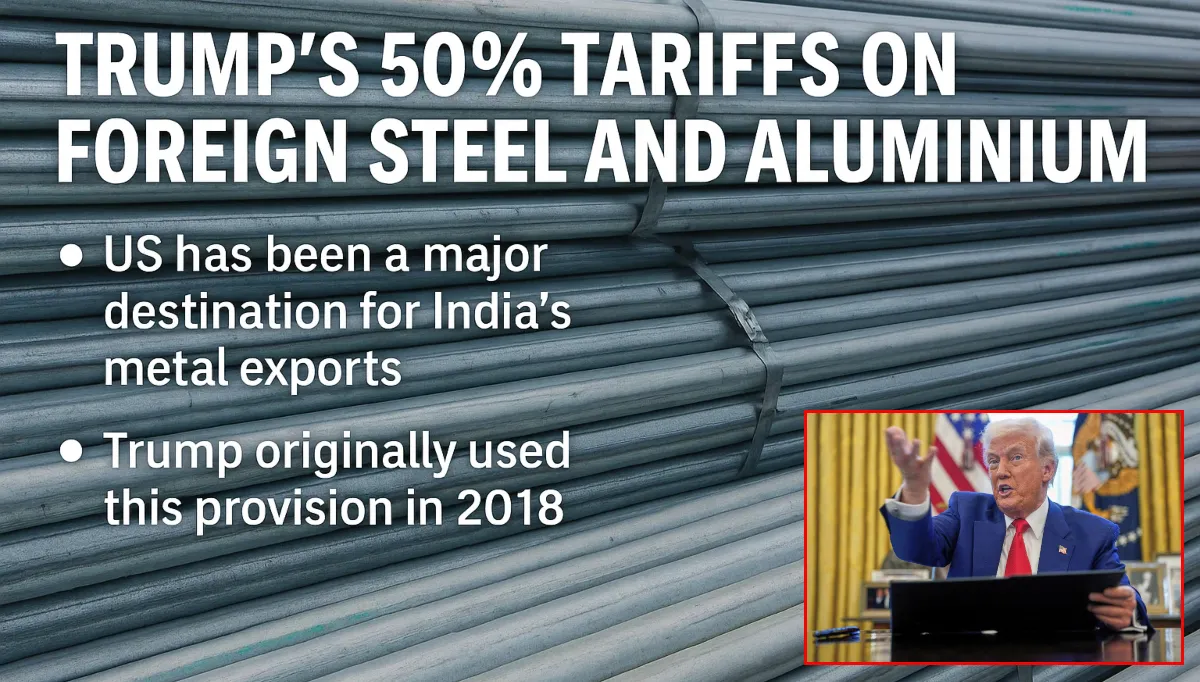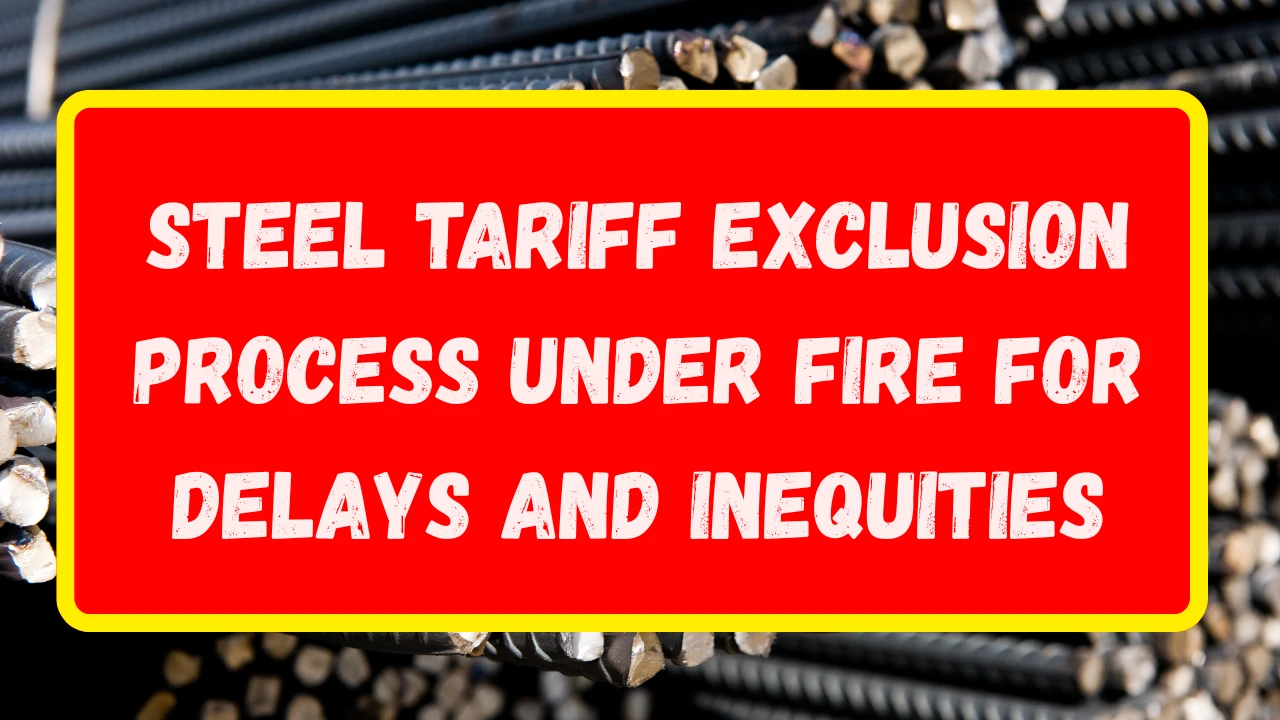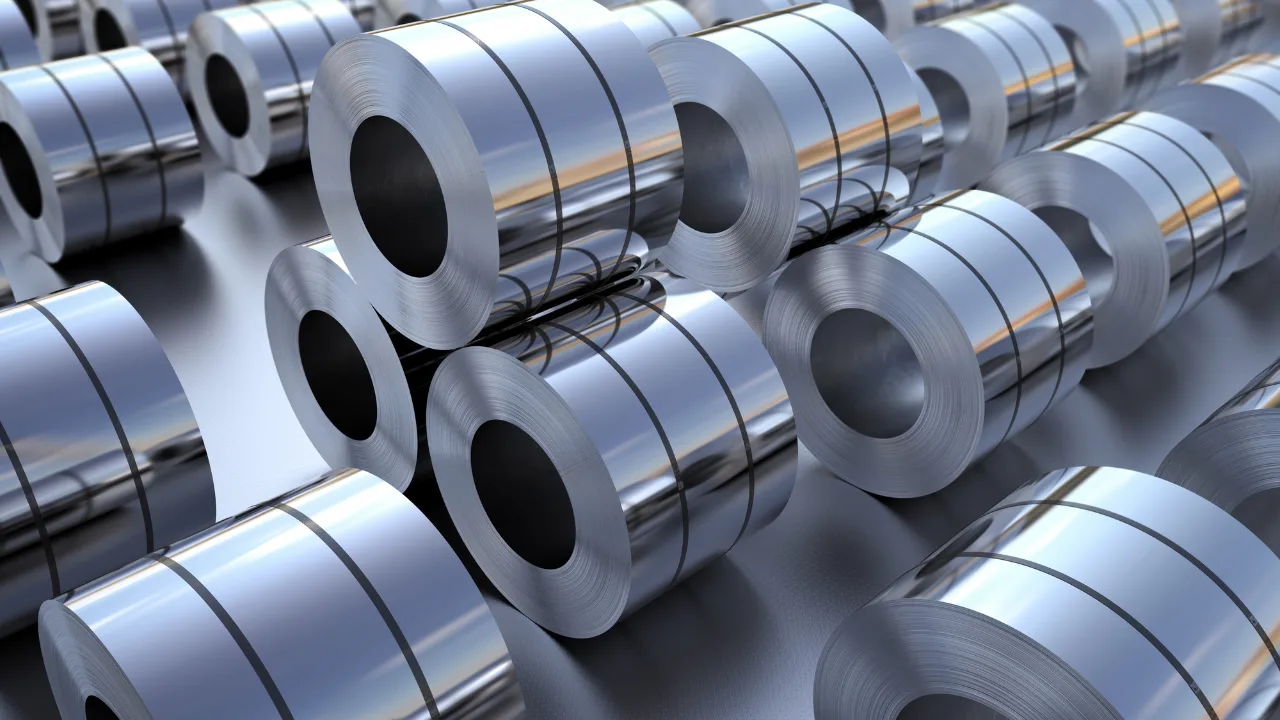The debate over free trade and protectionism is at the center of America’s steel policy. Should the U.S. open its markets to global competition to lower costs for consumers and businesses? Or should it protect domestic producers with tariffs and trade barriers to ensure security and jobs? The question is especially pressing today as tariffs on imported steel remain high, shaping the future of manufacturing and trade.
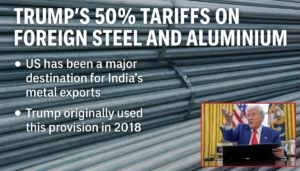
Understanding Free Trade and Protectionism
Free trade is the idea that goods and services should move across borders with minimal restrictions. Supporters argue it lowers prices for consumers, encourages efficiency, and fosters innovation by exposing companies to competition.
Protectionism uses policies like tariffs, quotas, and subsidies to shield domestic industries from foreign competition. Advocates believe it preserves jobs, maintains critical industries, and ensures national security by reducing dependence on foreign suppliers.
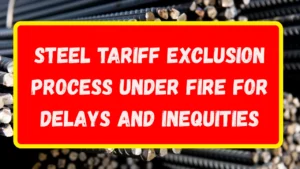
Why Steel Is at the Heart of the Debate
Steel is a strategic industry. It’s used in construction, transportation, energy, appliances, and defense. Governments see domestic steel production as vital for economic stability and national security.
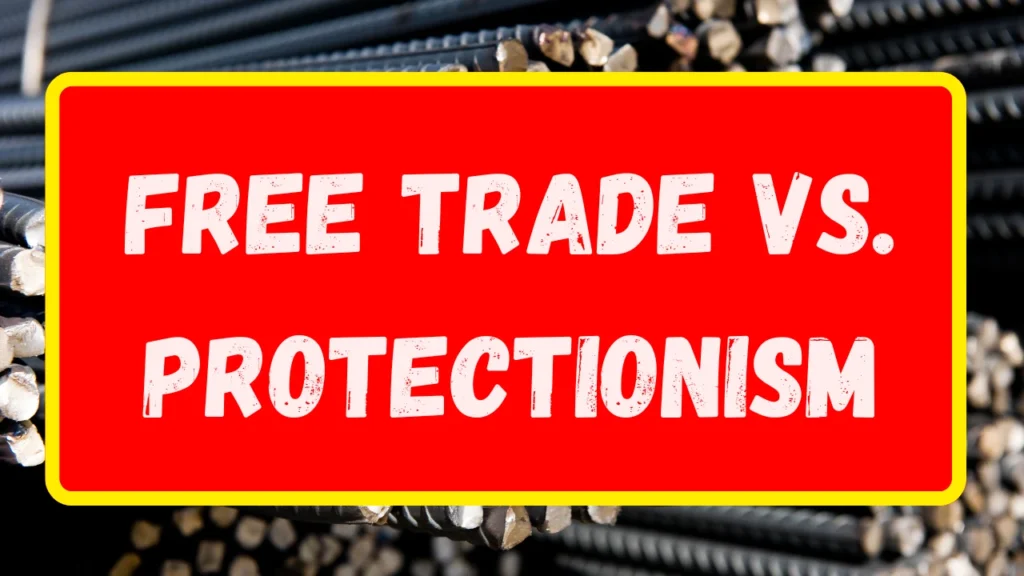
For decades, the U.S. has struggled with how to balance cheap steel imports with the health of its domestic industry. Low-priced steel from abroad, sometimes heavily subsidized, has undercut American mills. This has led to plant closures, job losses, and calls for government action.
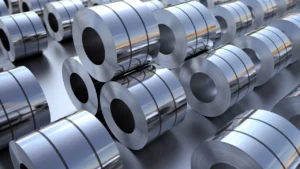
The Case for Free Trade in Steel
Supporters of free trade say opening markets benefits the entire economy.
- Lower Prices: Imported steel can be cheaper, reducing costs for manufacturers who use it to build cars, machinery, buildings, and consumer goods.
- Competitive Industries: Access to global suppliers allows U.S. companies to find the best prices and quality.
- Consumer Benefits: Savings for manufacturers can lead to lower prices for everyday items, from cars to appliances.
- Global Cooperation: Trade strengthens ties between countries and reduces the risk of conflict.
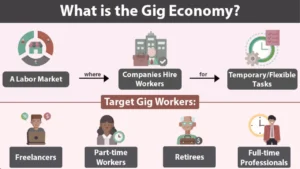
Critics of tariffs argue that protecting steel producers raises costs for the much larger number of U.S. companies that use steel, making American products less competitive both at home and abroad.
The Case for Protectionism in Steel
On the other side, advocates of protectionism see steel as too important to leave to the whims of global markets.

- National Security: A strong domestic steel industry ensures the U.S. can meet its own needs during emergencies, including military production.
- Jobs and Communities: Steel production supports well-paying jobs and local economies, particularly in industrial regions that have suffered from foreign competition.
- Fair Competition: Many foreign producers receive government subsidies, making their steel artificially cheap. Tariffs help level the playing field.
- Economic Independence: Reducing reliance on imports can protect the U.S. from supply chain disruptions and geopolitical tensions.
Proponents argue that without some protection, America risks losing the ability to produce steel altogether, leaving it vulnerable in a crisis.
Recent Policy Moves
The U.S. has used tariffs extensively to protect its steel industry. Starting in 2018, significant tariffs were imposed on imported steel and aluminum, justified under national security grounds. In 2025, these tariffs were doubled to 50% for most trading partners.
Policymakers say this was necessary to:
- Stop loopholes and evasion.
- Encourage new investment in U.S. mills.
- Achieve sustainable production capacity.
Yet these policies remain controversial, with businesses that rely on steel warning about higher costs and potential job losses in manufacturing.
Impact on U.S. Manufacturers
The debate has real consequences for American businesses.
- Steel Producers: Higher tariffs benefit U.S. mills, supporting production and jobs.
- Steel-Using Industries: Auto makers, construction companies, appliance manufacturers, and energy firms face higher input costs, which can reduce competitiveness, cut profits, and raise prices for consumers.
- Supply Chains: Tariffs complicate sourcing decisions and may reduce flexibility.
Ultimately, the costs and benefits are not equally shared across the economy. While some regions and industries see gains, others bear the burden of higher costs.
The Challenge of Finding Balance
There’s no easy answer to the free trade vs. protectionism debate.
- Too much free trade can hollow out critical industries and expose a country to security risks.
- Too much protectionism can stifle competition, raise prices, and provoke trade wars.
Many experts argue for a balanced approach: targeted measures to protect vital industries while maintaining open trade where possible.
Looking Ahead
America’s steel policy will continue to evolve. The choices policymakers make will shape the competitiveness of U.S. manufacturing, the resilience of supply chains, the health of industrial communities, and even the cost of everyday goods.
The free trade vs. protectionism debate is more than an economic theory. It’s a real-world issue that affects jobs, prices, and national security. As the U.S. navigates a changing global economy, this debate will remain at the forefront of trade policy—and the future of the American steel industry will hang in the balance.
